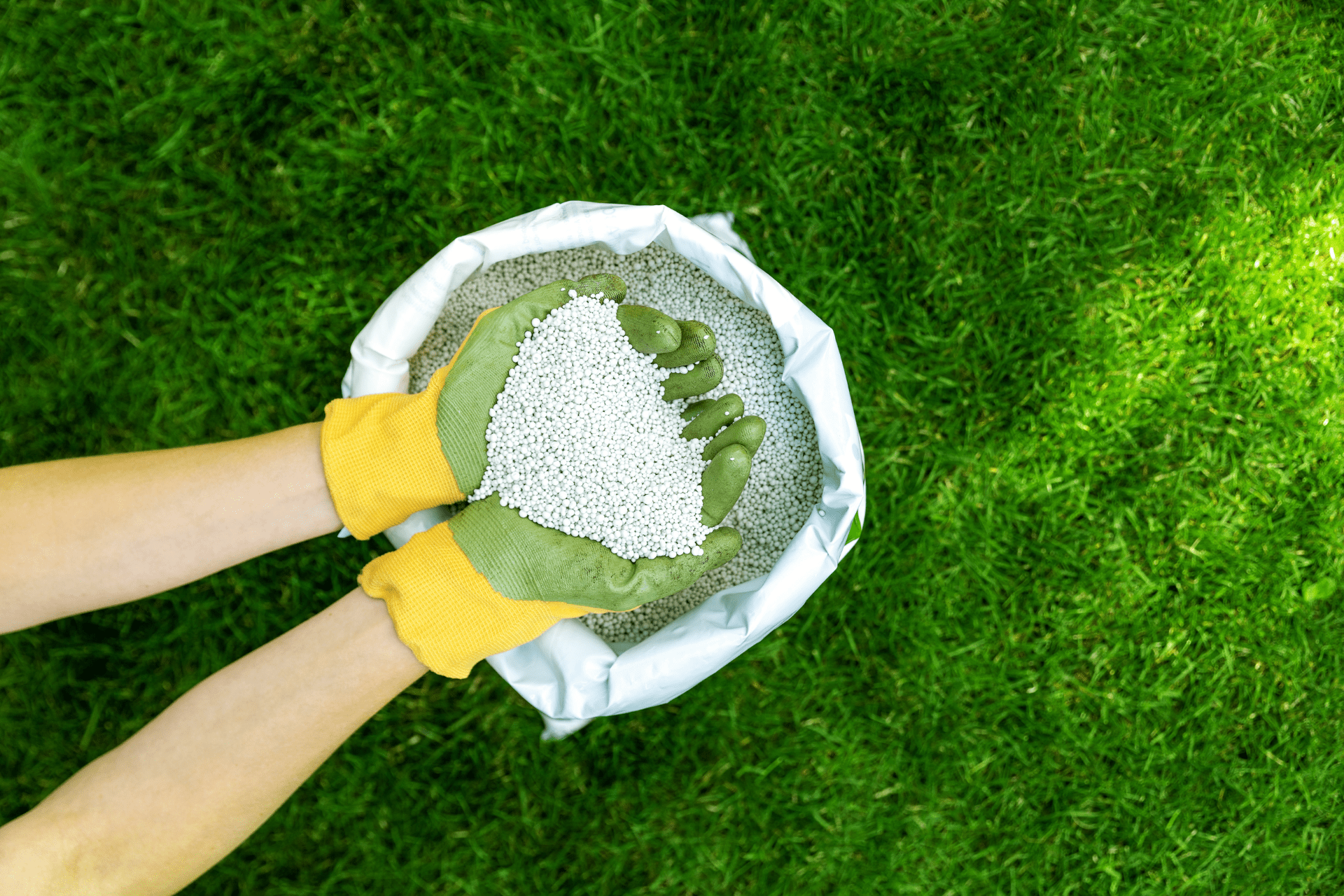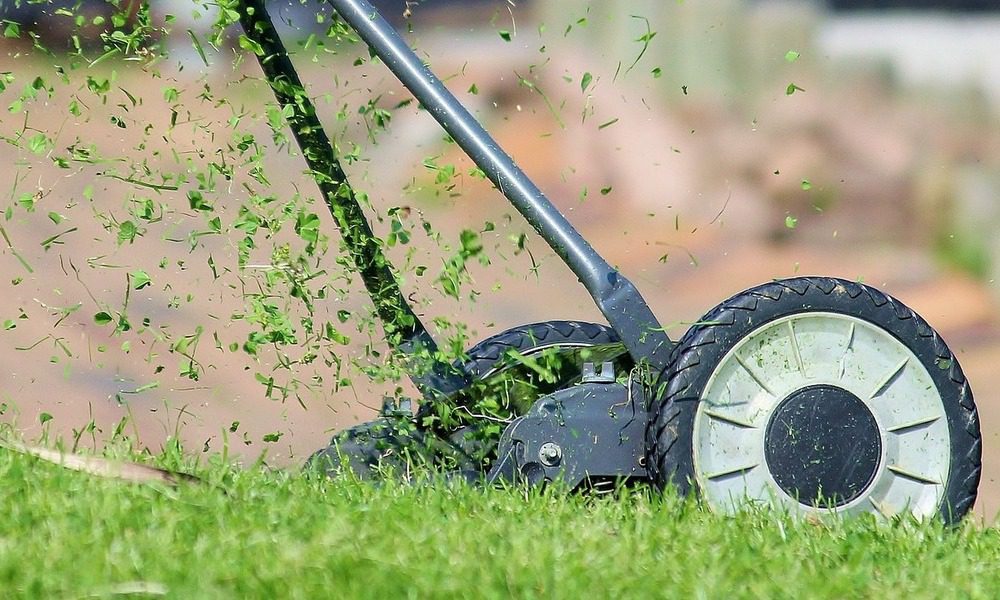Growing Green: Mastering the Art of Lawn Fertilization
A well-manicured, lush green lawn is a source of pride for any homeowner. However, achieving and maintaining a healthy lawn requires more than just regular mowing and watering.
Lawn fertilization is a critical aspect of lawn care that can make a significant difference in the overall health and appearance of your lawn. Autumn is an ideal time for it because it allows the grass to store nutrients for the winter when it goes into a period of dormancy.
Understanding the art of lawn fertilization is essential for homeowners who aspire to have a green and vibrant lawn. In this article, we will explore the key principles and best practices for mastering the art of lawn fertilization.
Why is Lawn Fertilization Important?
Fertilization is the process of providing essential nutrients to the soil and grass to promote healthy growth. These nutrients include nitrogen, phosphorus, and potassium, which are commonly referred to as NPK. Nitrogen promotes leaf growth, phosphorus promotes root development, and potassium promotes overall plant health and disease resistance. Lawn fertilization provides the necessary nutrients that may be lacking in the soil, allowing the grass to thrive and compete against weeds, pests, and harsh environmental conditions.
Benefits of Proper Lawn Fertilization
- Enhanced Lawn Color and Density: A well-fertilized lawn will have a deep green color and a dense growth pattern, creating a lush and attractive appearance.
- Improved root development: The proper balance of nutrients in lawn fertilizer promotes healthy root development, resulting in a stronger and more resilient lawn that is better able to withstand stress from foot traffic, drought, and disease.
- Weed suppression: A healthy lawn is the best defense against weeds. Proper fertilization helps the grass grow thicker and faster, which can help choke out weeds and prevent them from establishing a foothold in your lawn.
- Increased disease resistance: Balanced nutrition from fertilization strengthens the grass, making it more resistant to diseases caused by fungi, bacteria, and viruses.
- Environmental benefits: Fertilizing your lawn correctly can reduce nutrient runoff, minimize water pollution, and promote healthy soil microorganisms, which are essential for a healthy ecosystem.
Best practices for lawn fertilization
- Test your soil – before applying any fertilizer, it’s important to know the nutrient levels in your soil. You can do this by conducting a soil test. Soil tests can be performed by a professional or by using a DIY soil testing kit. The results will help you determine the right type and amount of fertilizer to use.
- Choose the right fertilizer – based on the results of your soil test, choose a lawn fertilizer that is appropriate for your lawn’s needs. Look for a fertilizer with a balanced ratio of nitrogen, phosphorus, and potassium (N-P-K) and a slow-release formula that will provide nutrients to your lawn over an extended period.
- Prepare your lawn – before applying fertilizer, mow your lawn to an appropriate height, usually around 2-3 inches. Rake up any leaves, sticks, or debris that may be on the lawn. This will ensure that the fertilizer comes into direct contact with the soil and grass blades.
- Apply the fertilizer – use a spreader or a handheld broadcast spreader to evenly apply the fertilizer to your lawn. Follow the manufacturer’s instructions for the appropriate application rate. Be sure to overlap each pass to ensure uniform coverage. Avoid applying fertilizer near water sources, such as ponds or rivers, to prevent water pollution.
- Water the lawn – after applying the fertilizer, water your lawn thoroughly to help the nutrients penetrate into the soil. This will also prevent burning of the grass blades. Watering will also help the grass to take up the nutrients and promote their absorption by the roots.
- Clean up – sweep or blow off any fertilizer that may have landed on driveways, sidewalks, or other hardscapes to prevent runoff into storm drains and waterways.
- Follow-up care – avoid heavy foot traffic on your lawn for a few days after fertilizing and continue to water your lawn as needed throughout the autumn season. This will help the fertilizer to work effectively and promote healthy growth.
Following these steps and taking care to apply the right amount and type of fertilizer for your specific lawn can help ensure professional results when fertilizing your lawn in autumn. If you’re unsure about any aspect of fertilizing your lawn, it’s recommended to consult with a lawn care professional for expert advice.







